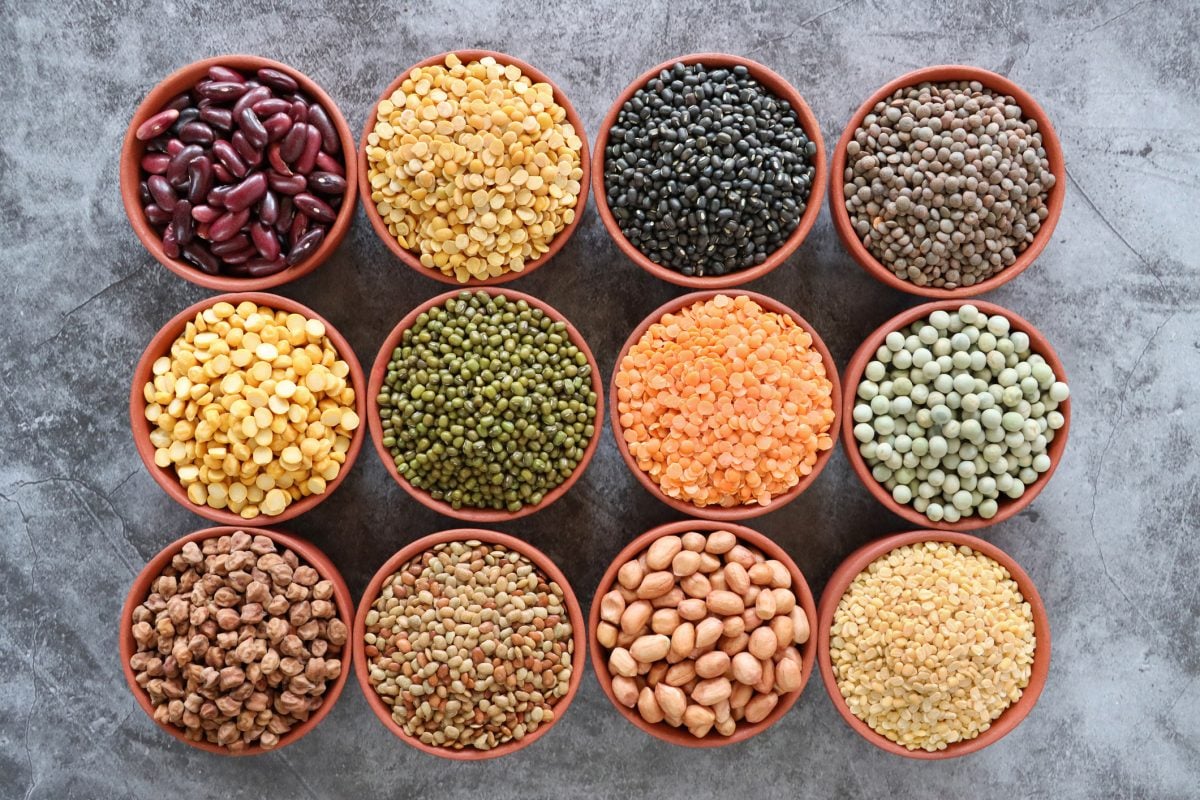Reuters and Saskatoon Staff
India’s government believes this year’s wheat crop will not be as bad as the trade’s expectation.
The government’s farm ministry this week forecast a wheat harvest of 93.82 million tonnes in 2016, up from 86.53 million tonnes last year, when a disappointing monsoon was followed by rain at harvest.
The government estimate is about 10 million tonnes more than the median of estimates in a Bloomberg poll.
The monsoon this year was again below normal, leading to less than ideal conditions at planting time.
Read Also

Pulse Weekly: SPG looks back at harvest, ahead to trade
Saskatchewan Pulse Growers executive director Carl Potts said this year’s harvest had strong yields as the organization now works on international trade.
Indian farmers plant wheat in October and November, and harvest starts from March.
The official estimate of seeded area is down four percent from last year and the weather since seeding has been challenging for the crop. The winter generally has been warmer than normal.
The USDA’s agricultural attache in India Feb. 13 noted the trade’s expecations: “… trade sources estimate the crop in the range of 75 to 84 million tons assuming various weather conditions scenario from now through harvest.”
A Bloomberg news story last week said the median of its survey of seven analysts traders and flour millers pegged the crop at 84.5 million tonnes.
The weather improved in the second half of January, but temperatures this month have again been above the norm and little rain has fallen, although it is the dry season when little rain falls anyway.
“However, temperatures during the critical filling and ripening stages during February/March or unseasonal rains during harvest (March/April) could further temper the production prospects,” the USDA atttache report said.
The government holds almost 24 million tonnes of wheat so it is not a given that India will have to import large amounts of wheat even if there is a crop failure.
However, flour mills have already called on the government to scrap the 25 percent tax on imports to avoid a surge in domestic prices.
Production of pulses in the official government forecast is expected to increase marginally to 17.33 million tonnes, up from 17.15 million last year, though it is still not sufficient to meet the domestic demand of 22-23 million tonnes.














